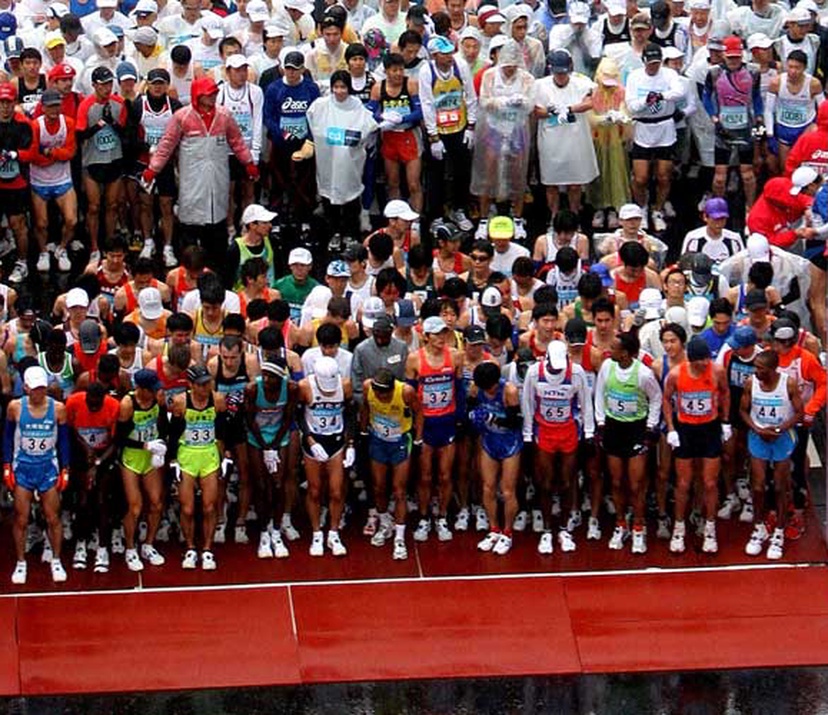A fresh marathon in an ancient land, the 2009 Tokyo Marathon showcased an excellent hosting example.
For an event that only started two years ago, the Tokyo Marathon has inspired interest and support for long-distance running to fervent proportions. This year saw almost a quarter of a million applications for the running spots – and almost two million spectators lining the course on March 22.
Selection by lottery
The modern Tokyo Marathon has but a brief history, starting on 18 March 2007 and since marked by an apparent ‘running boom’ with a mushrooming of sports stores around the city. Prior to this date, the Tokyo Marathon event was actually made up of two marathons: the Tokyo International Marathon, which took place on even years, and the Tokyo-New York Friendship International Marathon, which took place on odd years.
The new, standardised, annual format of 42.195 kilometers around the city has, however, been met with much enthusiasm. So much so, that well over 225,000 people applied for the 30,000 runner spots this year – a 68% increase on 2008 which meant participants had to be selected by lottery.
One of the lucky 2009 applicants was Ai Nagoshi, an ordinary Tokyo girl with an extraordinary ambition. We caught up with her shortly before the big race day and observed some typical last-minute preparations.
Cheered on by 1.9 million supporters
The course takes in some of the most spectacular sights in the Japanese capital, starting at the Tokyo Metropolitan Government building, swinging by the Imperial Palace (the main residence of the Emperor of Japan), past the huge Hibiya city park, the upmarket shopping areas of Ginza and past the Buddhist temple at the ancient geisha district of Asakusa, to name but a few.
In spite of mixed weather conditions this year, the crowds came out in force – to the tune of almost two million people – to show their support for both the runners and the sport of long-distance running itself. For Ai, the day started well, equipped as she was with her “best friends”.
Through the wind and rain
Having battled through a second half stretch that was both hilly and windy, it was Kenyan Salim Kipsang who eventually came in victorious for the men at 2 hours, 10 minutes and 27 seconds. Japan’s own Mizuho Nasukawa did her nation proud by winning the women’s race in 2 hours, 25 minutes and 38 seconds. For everyone else, the day was of course also a joyous occasion, thanks to the tremendous passion and vibrant support shown by the many, many fans who came out on the day.
Finishing at the Tokyo Big Site (or International Exhibition Centre), the now rather wet participants in their tens of thousands completed the course with mixed emotions. Jubilation and relief, leg ache and heartache; it was all on display as the 35,000 runners came in. We were there as Ai crossed the finish line. So did her solid pace and early form last the distance?
On the day, the real winner was long-distance running itself. No-one could dispute the brilliant organisation of the event, which engaged some 13,000 volunteers and attracted such an immense crowd. ASICS ambassador and Romanian marathon heroine Constantina Dita, who took part in the 10km race following the marathon, also marveled at the supportive Tokyo people and the ‘perfectionist’ organization.
"So many people were yelling 'ganbare' [go for it] that it motivated me to do my best. There was so much cheering and support, just great for running," she said. "The people just love sports, are very, very organized and always perfectionists in whatever they do. They really care about the athlete!"
A fresh marathon in an ancient land, the Tokyo Marathon holds promise for both the Japanese and international running community, and showcased an excellent hosting example.



